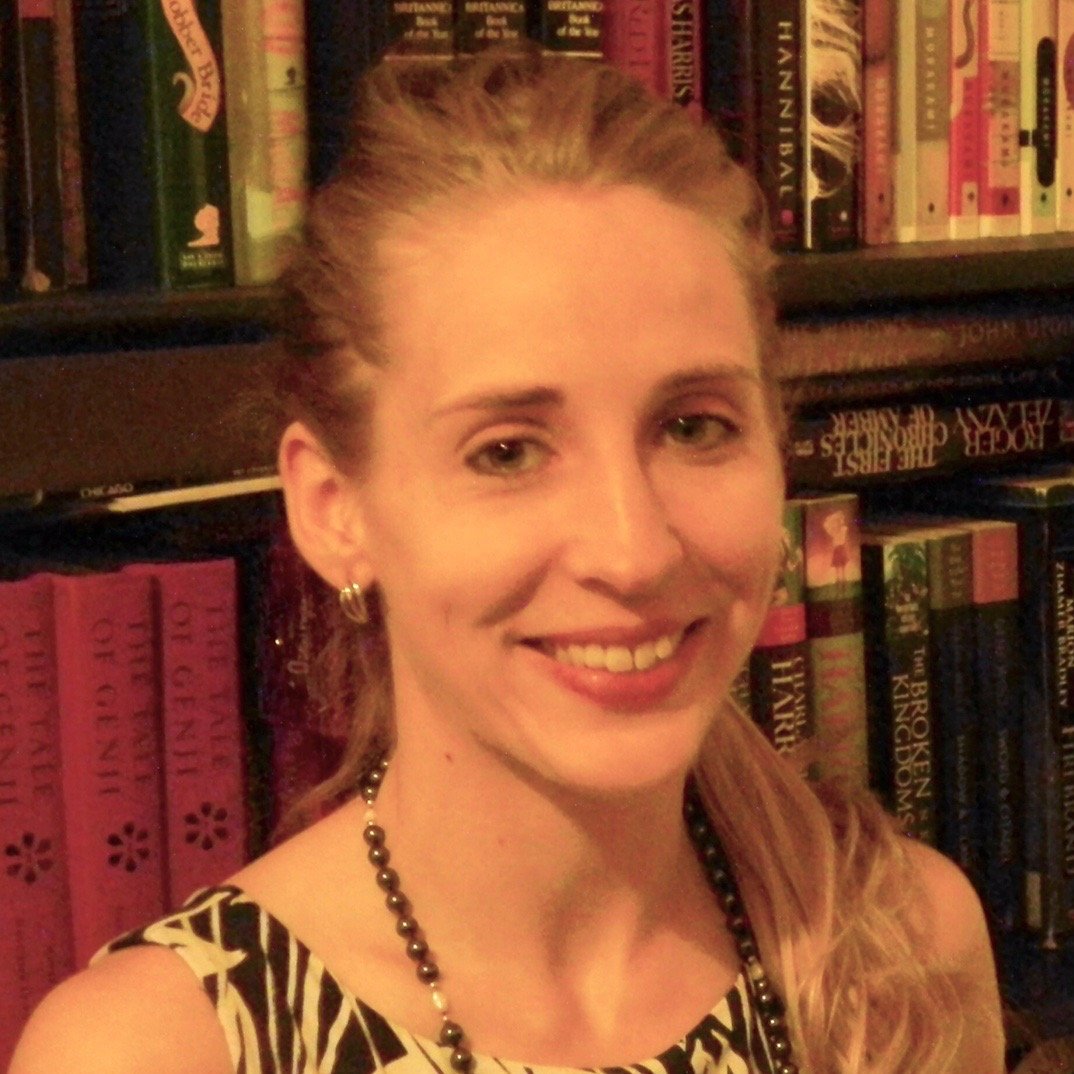The Urban Jungle: 5 of Chicago's Greenest Neighborhoods
Last year, Chicago was named the greenest city in the country due to its green office buildings and commitment to sustainability. This year, another green office building is going up in Fulton Market, and the city’s parks were named among the top 10 in the U.S. If homebuyers are looking to settle down somewhere with greenspace, one of these five neighborhoods might be the right fit.
Hollywood Park

Hollywood Park, part of the larger North Park neighborhood, is one of the city’s more under-the-radar communities. What it lacks in name recognition, it more than makes up for in wide open space. Part of Hollywood Park is taken up by 46 acres of forest preserve, and the Chicago River runs right through the neighborhood. Stroll the paths of the North Park Village Nature Center any time of year. Residents also enjoy the 24-acre Peterson Park. The wooded park has plenty of space to walk outdoors, as well as tennis courts, a gymnastics center, a field house, and a playground. Hollywood Park makes it easy to get outdoors and forget about city life for a while. Plus, the neighborhood has a relatively low median sale price of $235,000.
Humboldt Park

Humboldt Park shares a name with its massive park, and this West Side neighborhood is defined by its park. Located on the east side of the community, the park, spanning 219 acres, features walking paths, a lagoon, sports fields, and striking architecture. If you want to add some color to your day, visit the Humboldt Park Formal Gardens. The neighborhood is starting to draw more attention as homebuyers begin to look beyond the borders of the red hot neighborhoods of Logan Square and Wicker Park. The median sale price for a home in Humboldt Park is $390,000.
Lakeview

Lakeview puts you right in the heart of the city and within easy reach of downtown. Though closer to the city center, this neighborhood manages to have plenty of greenspace. If you walk by the Whole Foods in the neighborhood, you’ll find a 10-foot, 4,740-square-foot “living wall.” The organic grocery store’s green wall features more than 5,000 plants that live off of natural light and rainwater. Lakeview’s lakeside location certainly adds to its status as a green neighborhood. The neighborhood even has two lakeside golf courses Sydney R. Marovitz Golf Course and Diversey Driving Range. Given the proximity to downtown and the lake, the median home price in this neighborhood is on the higher end ($405,000).
Lincoln Park

Lincoln Park, another lakeside neighborhood, might just be the perfect spot for nature enthusiasts. Residents are within walking distance of Lincoln Park Zoo, which is free to visit. Near the zoo, residents will find the Peggy Notebaert Nature Museum. Near the lake, Bill Jarvis Migratory Bird Sanctuary hosts migratory birds and a slew of native plants.
For a quieter experience outdoors, Lincoln Park residents can visit the Alfred Caldwell Lily Pool. A striking Prairie-style gate marks the entrance to this peaceful pond, a part of the larger Lincoln Park Conservancy, has a small waterfall and native plants. The conservancy also has a glass greenhouse and gardens. Lincoln Park balances this picturesque greenspace with a vibrant entertainment scene supported by an array of restaurants, bars, and boutiques. The neighborhood is known as one of the city’s pricier locales—the median home price is $551,000—but homebuyers can find a wide range of home types and prices.
Washington Park

The entire eastern half of Washington Park is dominated by a park of the same name. Washington Park is 366 acres of open space. The park even has its own arboretum, which was created through collaboration between the City of Chicago and the Morton Arboretum in Lisle. The arboretum has oak trees that were planted in the early 1870s, according to the City of Chicago website. Head to the south end of Washington Park to find another picturesque spot. Bynum Island is located in the center of the Washington Park Lagoon. The park also has outdoor tennis courts, three playgrounds, sports fields, and an aquatic center.
The neighborhood, along with Englewood, West Englewood, and Woodlawn, is a part of the city’s Green Healthy Neighborhoods initiative, which aims to support urban agriculture, among other goals.

